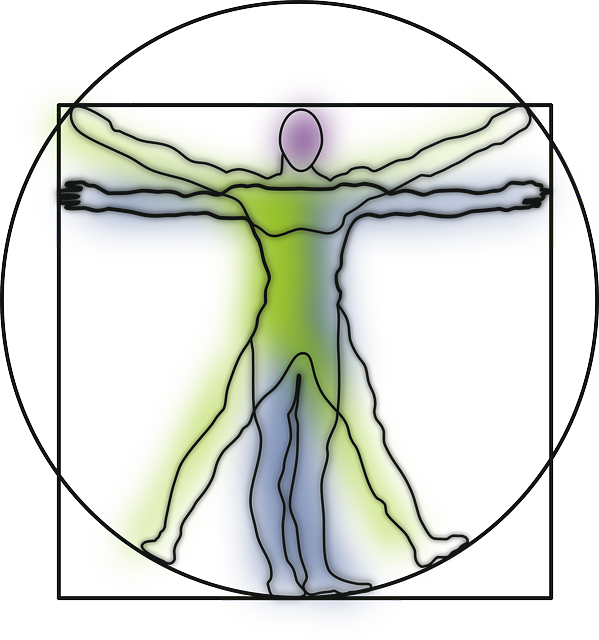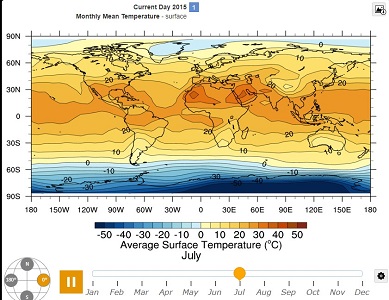→ ACCES ←
Modélisation des mouvements de l’atmosphère (The University of Manchester).
Imagine creating your own world and exploring its climate and weather. That was the vision that we had for Build Your Own Earth. Even with today’s supercomputers, such a vision is not yet feasible. But, we are able to create a few worlds for you and allow you to explore them.
A number of characteristics of your Earth can be varied, including the tilt of the Earth’s axis, the eccentricity of the Earth’s orbit, the solar constant, the distribution of the continents and oceans, and the carbon dioxide concentration of the atmosphere. You’ll be able to view such quantities as clouds, wind, precipitation, surface air temperature, sea-surface temperature, ocean currents, and sea ice.
Build Your Own Earth uses the Fast Ocean–Atmosphere Model (FOAM) http://www.mcs.anl.gov/research/projects/foam/ which is run on the supercomputer within the N8 Research Partnership http://n8hpc.org.uk/facilities/. FOAM is a fully coupled atmosphere-ocean-sea ice model. The atmospheric model operates on a R15 resolution, which results in a 48×40 atmospheric grid being generated (approximately 7.5 x 4.5 degree grid spacing), whereas the ocean and sea ice models run at 2.8 degree spacing.
The topographies (land vs ocean, orography, bathymetry) of the Present and Ancient Earths are derived from the reconstructions created by Ron Blakey of Colorado Plateau Geosystems, Inc. Because of the coarse grid spacing in our model needed to run such long simulations (835 km by 1002 km) and the uncertainty of the reconstructions for the past Earth’s, the represented topography of the model Earth is necessarily pixelated, representing the actual topography in the model simulations.
The topography on the base map is represented in the following manner:
- dark blue = deep ocean around 3 km deep
- light blue = shallow ocean around 100 m deep
- dark green = low-elevation terrain around 100 m
- light green = high-elevation terrain around 2000 m high
- white = ice
Given our setup, we are able to simulate about 480 years with FOAM per day of real time.
Publications
- Schultz, D. M., J. G. Fairman, Jr., S. Anderson, and S. Gardner, 2017: Build Your Own Earth: A web-based tool for exploring climate-model output in teaching and research. Bull. Amer. Meteor. Soc., doi: 10.1175/BAMS-D-16-0121.1.
- Gugliotta, M., J. G. Fairman, Jr., D. M. Schultz, and S. S. Flint, 2016: Sedimentological and paleoclimate modeling evidence for preservation of Jurassic annual cycles in sedimentation, western Gondwana. Earth Interactions, 20 (19), 1–21, doi: 10.1175/EI-D-15-0046.1.

